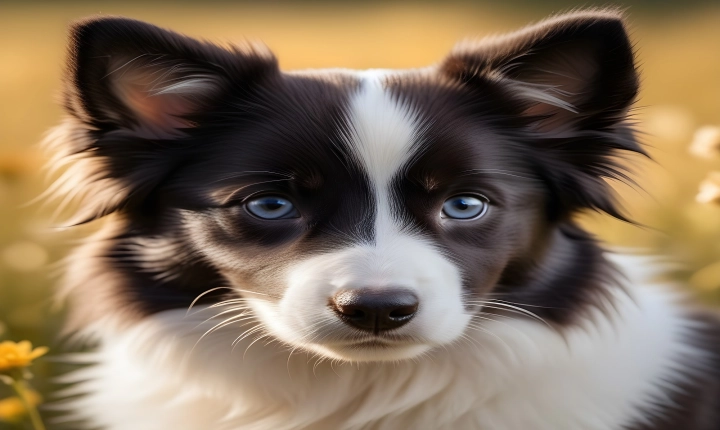Title: The Art of Converting PNG to AI: A Practical Guide
In today’s digital world, graphic design has become an integral part of businesses and creative projects. Designers often work with a variety of file formats, including PNG and AI, to create visually stunning graphics. However, there are times when converting a PNG file to AI becomes necessary. This article aims to provide a practical guide on how to effectively convert PNG to AI, allowing designers to harness the full potential of their graphic designs.
Understanding the Difference between PNG and AI
Before delving into the conversion process, it’s important to understand the distinctions between PNG and AI file formats. PNG (Portable Network Graphics) is a raster graphics file format commonly used for images with transparent backgrounds. While it is suitable for web graphics and digital photography, PNG files cannot be easily edited or scaled without compromising image quality.
On the other hand, AI (Adobe Illustrator) is a vector graphics file format created using Adobe Illustrator. Unlike PNG, AI files are scalable without loss of quality and are extensively used in designing logos, illustrations, and other complex graphics. AI files are also editable, allowing designers to manipulate individual elements within the graphic.
Converting PNG to AI Using Adobe Illustrator
One of the most popular and effective methods for converting PNG to AI is through Adobe Illustrator. Here’s a step-by-step guide to accomplish this task:
1. Open Adobe Illustrator and create a new document.
2. Go to File > Place and select the PNG file you want to convert. This action will import the PNG image onto the artboard.
3. Next, navigate to Object > Image Trace > Make. This will convert the raster image into a vector format, allowing it to be edited and scaled without loss of quality.
4. Once the image is traced, select the resulting vector and go to Object > Image Trace > Expand. This step will finalize the conversion process, turning the image into editable vector elements.
5. To further refine the vector elements, use the various editing tools available in Adobe Illustrator. This includes adjusting anchor points, modifying paths, and applying color fills.
6. Finally, save the converted file as an AI format to preserve its vector characteristics and enable further editing in the future.
Benefits of Converting PNG to AI
Converting PNG to AI offers several advantages for graphic designers. By converting a raster PNG image to a vector AI format, designers gain the ability to scale the image to any size without sacrificing quality. Additionally, AI files allow for easy manipulation of individual elements, enabling designers to make precise adjustments and alterations to the graphic.
Furthermore, the conversion process unlocks the potential for creating intricate and complex designs using AI’s comprehensive set of tools and features. This includes the ability to add layers, apply gradients, and use custom patterns to enhance the visual appeal of the graphic.
In conclusion, the process of converting PNG to AI is essential for harnessing the full potential of graphic design. By leveraging Adobe Illustrator’s capabilities, designers can transform static PNG images into dynamic and editable vector graphics, allowing for superior scalability and customization. This practical guide demonstrates the value of converting PNG to AI and empowers designers to elevate their creative projects to new heights.
